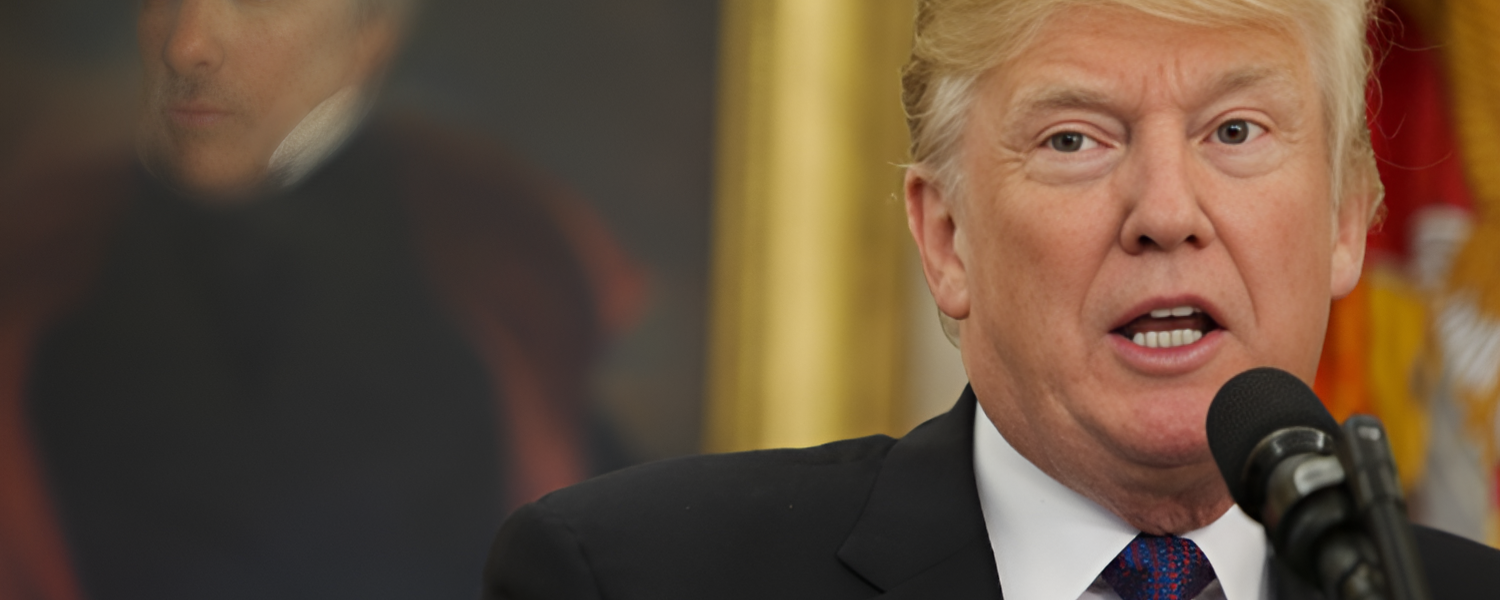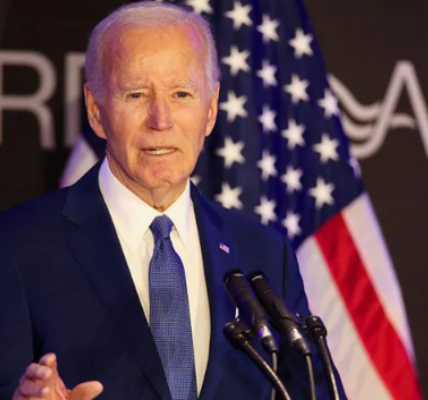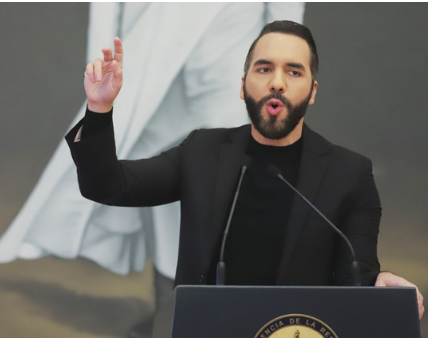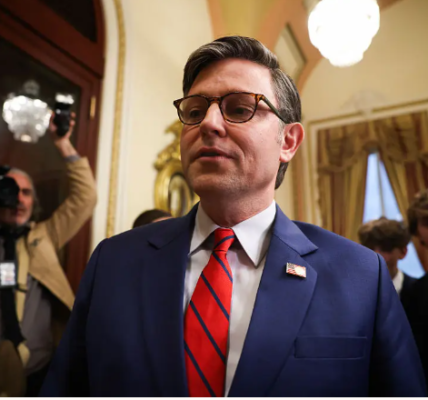The ABC Settlement Is Just the Start of Trump’s Press Crackdown. History Shows What Might Come Next
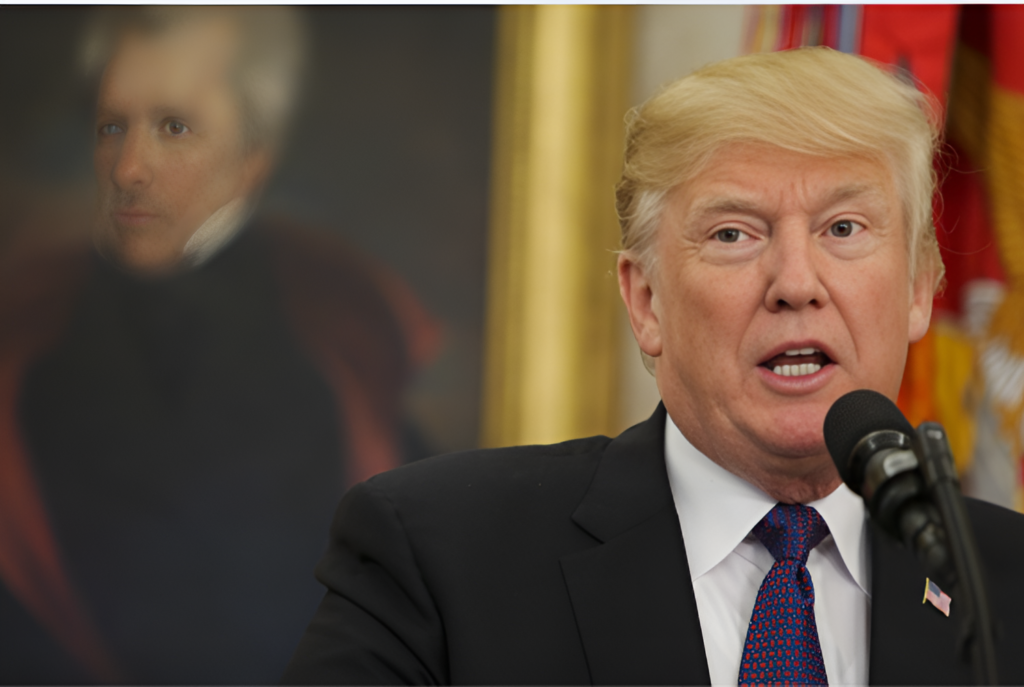
In July 1864, Edward Fuller, editor of the Newark Evening Journal, dared to publish a scathing critique of President Abraham Lincoln’s call for 500,000 new conscripts, branding it a call for willing “butchery.” Within weeks, Fuller was arrested by Union officials under charges of undermining the war effort—a fate that befell hundreds of journalists during Lincoln’s presidency. Some were jailed, others fined or threatened into silence. It was a stark chapter in America’s turbulent relationship with press freedom, one that echoes ominously today.
The recent settlement between ABC News and Donald Trump—following the network’s mischaracterization of a civil case verdict involving the president-elect—has stoked fears about the future of a free press. Trump, who once labeled the press the “enemy of the people,” has signaled an intent to wield legal and criminal tools to “straighten out” journalists. Critics warn this could mark the beginning of a systematic crackdown.
Yet Trump’s stance isn’t without precedent. From John Adams to Richard Nixon, presidents have used state power to muzzle dissenting voices. Though the post-Watergate era ushered in legal and societal checks on executive overreach, history suggests these protections are fragile. Trump’s potential return to the White House raises questions about whether the U.S. is reverting to an era when dissenting journalists risked their freedom—or worse.
Cracking Down on the Press: A Historical Playbook
The first major assault on press freedom occurred during John Adams’ presidency with the 1798 Sedition Act, passed amid fears of war with France. The law made it illegal to publish anything “false, scandalous, and malicious” against the government, effectively criminalizing criticism of Adams and his Federalist Party. Twenty-five journalists were arrested, including Benjamin Franklin Bache, editor of the anti-Federalist Aurora, who died in jail from yellow fever while awaiting trial.
Public backlash to the Sedition Act, however, proved its undoing. Republican newspapers flourished despite the crackdown, and Adams lost re-election in 1800 to Thomas Jefferson, who dismantled the act. But the episode set a precedent for using national security as a pretext to suppress dissent.
During the Civil War, Abraham Lincoln’s administration suppressed over 300 newspapers. In border states like Missouri, military commanders shut down publications, censored telegraphs, and arrested journalists under the guise of maintaining Union loyalty. Notable figures like Frank Key Howard of the Baltimore Exchange and Dennis Mahony of the Dubuque Herald were jailed, often without trial. Though Lincoln distanced himself from the arrests, his suspension of habeas corpus provided the legal cover for such actions.
Despite these measures, opposition papers persisted, publishing scathing critiques of Lincoln. In the 1864 election, Democratic newspapers launched vitriolic attacks, accusing Lincoln of waging war to promote racial integration and mocking him with racist caricatures. Lincoln himself acknowledged the ferocity of the press, remarking to an aide, “It is a little singular that I, who am not a vindictive man, should have always been before the people in contests marked for their bitterness.”
The Modern Era: A Fragile Peace
The mid-20th century saw another wave of executive efforts to stifle the press. Franklin D. Roosevelt leveraged wartime censorship during World War II, while Richard Nixon famously used government agencies to harass journalists during the Vietnam War and Watergate scandal. Nixon’s downfall, however, marked a turning point. Courts and watchdog organizations strengthened protections for journalists, creating a sense of invulnerability for the press that has largely held until now.
Trump, however, has consistently bucked this trend. From revoking press credentials for critical outlets to suggesting changes to libel laws, he has demonstrated a willingness to challenge journalistic norms. The ABC settlement and his pledge to scrutinize media coverage signal a potential shift toward legal intimidation as a strategy to curb dissent.
The Road Ahead
History teaches us that attacks on the press often thrive when public sentiment supports or tolerates them. Adams’ Sedition Act passed amid fears of foreign conspiracy, and Lincoln’s press restrictions were justified by the existential threat of civil war. Today, Trump’s rhetoric taps into deep partisan divides, painting critical media as purveyors of “fake news” and enemies of national progress.
The ultimate check on such overreach has always been public opinion. Adams’ crackdown led to his political downfall, while Lincoln, despite the vitriol he faced, maintained public support by framing his actions as necessary for national survival. Trump’s ability to reshape the media landscape will likely depend on whether Americans view his actions as a defense against bias or an assault on democracy.
As the ABC settlement fades into the background, the real test lies ahead. Will Trump’s tactics embolden his critics or silence them? History suggests that when the press resists, it often grows stronger—but only if the public rallies behind it. Without popular support, the free press may face one of its greatest challenges yet.

